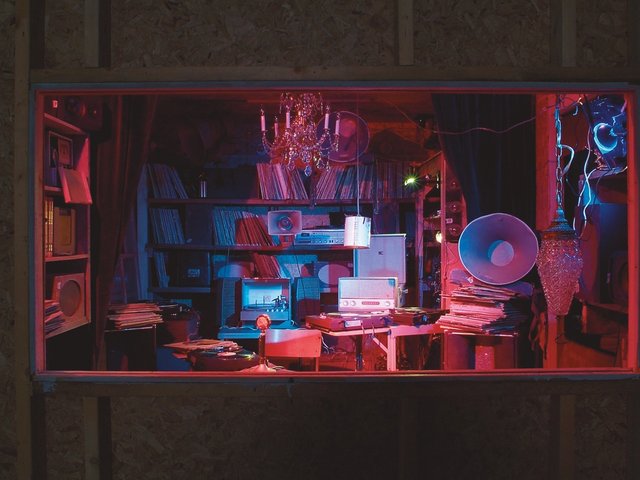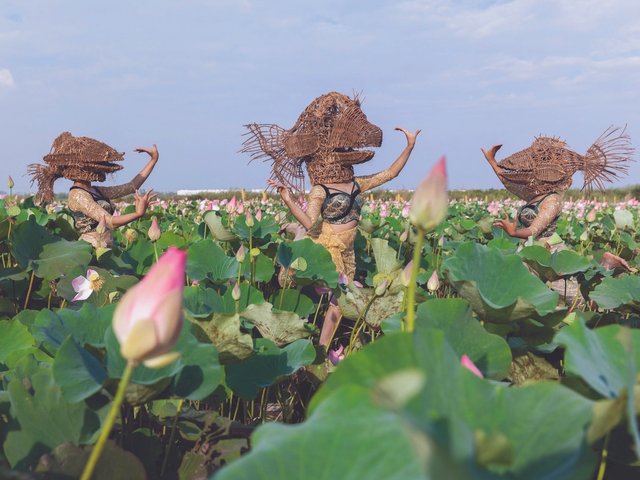Rituals are common to all human societies. A fixed performance of words, actions and gestures, they exist in everything from funeral rites and inherited traditions to even the smallest routines that punctuate our daily lives. This year, Art Week Tokyo’s video programme, titled Rituals, or the Absurd Beauty of Prayers, is centred around this subject.
The ten chosen works were handpicked by Keiko Okamura, a curator at the Museum of Contemporary Art Tokyo. They will be screened on a loop at the SMBC East Tower, in what Okamura describes as “a gently woven compilation”. Many works explore funerary customs, such as those by Hiroko Okada, who eerily reimagines the role of the okuribito. In Japanese custom, this person is responsible for cleaning and preparing the deceased for their final journey. Using AR and VR technology, Okada invited participants to become their own okuribito, with her resulting video documenting the first day of the project. In another piece examining the rites of death, Maiko Jinushi visits one of Tokyo’s largest cemeteries. She captures power shovels digging up gravestones—a removal process that occurs when a grave’s contract expires and no descendants remain to pay the fees.
Situations too intricate for words
“To reflect on mourning is to reflect on life,” says Okamura, who initially approached the curation without a theme in mind. Instead, she was looking to highlight the breadth of artistic approaches in a medium she considers a powerful antidote to the slew of content flooding our screens. “Video has the ability to simplify, and appeal directly to emotions,” she says. “Short clips capture our attention instantly, but they are also endlessly churned out… In contrast, these video works present situations too intricate for words—layers of overlapping time and feeling, in their full complexity.”
As the process unfolded, end-of-life rituals came to the fore. Yet at the same time, Okamura also found herself drawn to pieces that focused on ordinary, repetitive gestures. Among them is Nayab Noor Ikram’s The Family (2022), in which the artist restages a childhood hair-washing routine in an intimate performance that speaks to the importance of inherited tradition in diasporic communities. An emphasis on repetition also underpins Chikako Yamashiro’s Okinawa Graveyard Club (2004). The artist dances in a traditional Okinawan hakaniwa—the forecourt of family tombs—in an uncanny performance that evokes the lingering presence of conflict in Japan’s southernmost islands.
All of these works deal with varied and profound themes: death and mourning; migration and displacement; war and colonialism. “Although their techniques and backgrounds vary, I felt that by approaching these practices as rituals—almost like prayer—the works could be experienced as interconnected,” says Okamura. And what can these acts offer in the face of such heavy topics? “Each artist responds to their concerns in their own way… Some works critique, others propose direct solutions. Personally, I believe that quieter expressions, like rituals repeated plainly, again and again, can move people far more profoundly than loud proclamations.” Indeed, these works remind us to recognise the small rituals that define our own lives, and how we can gain a better understanding of the human experience through them.







